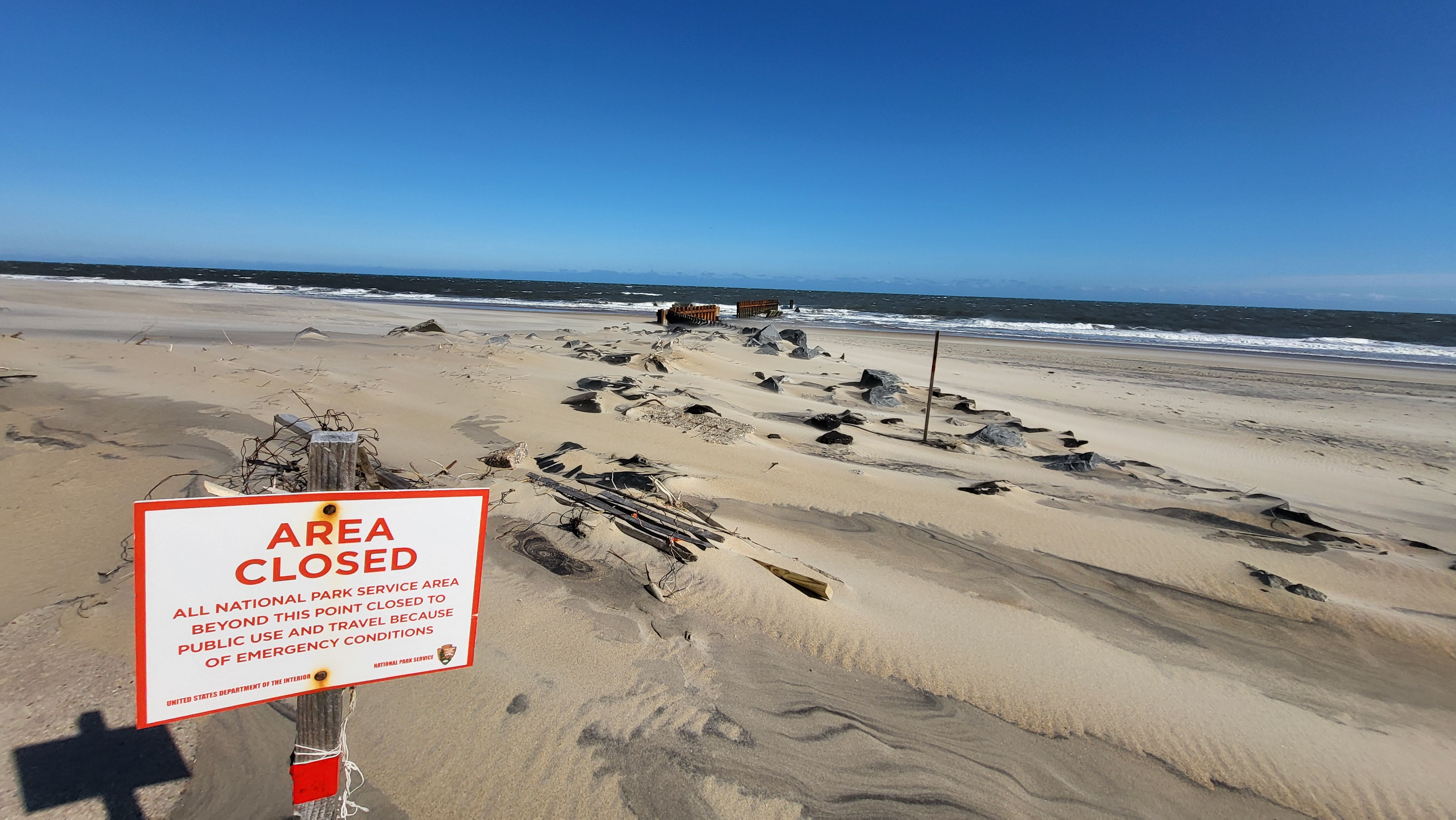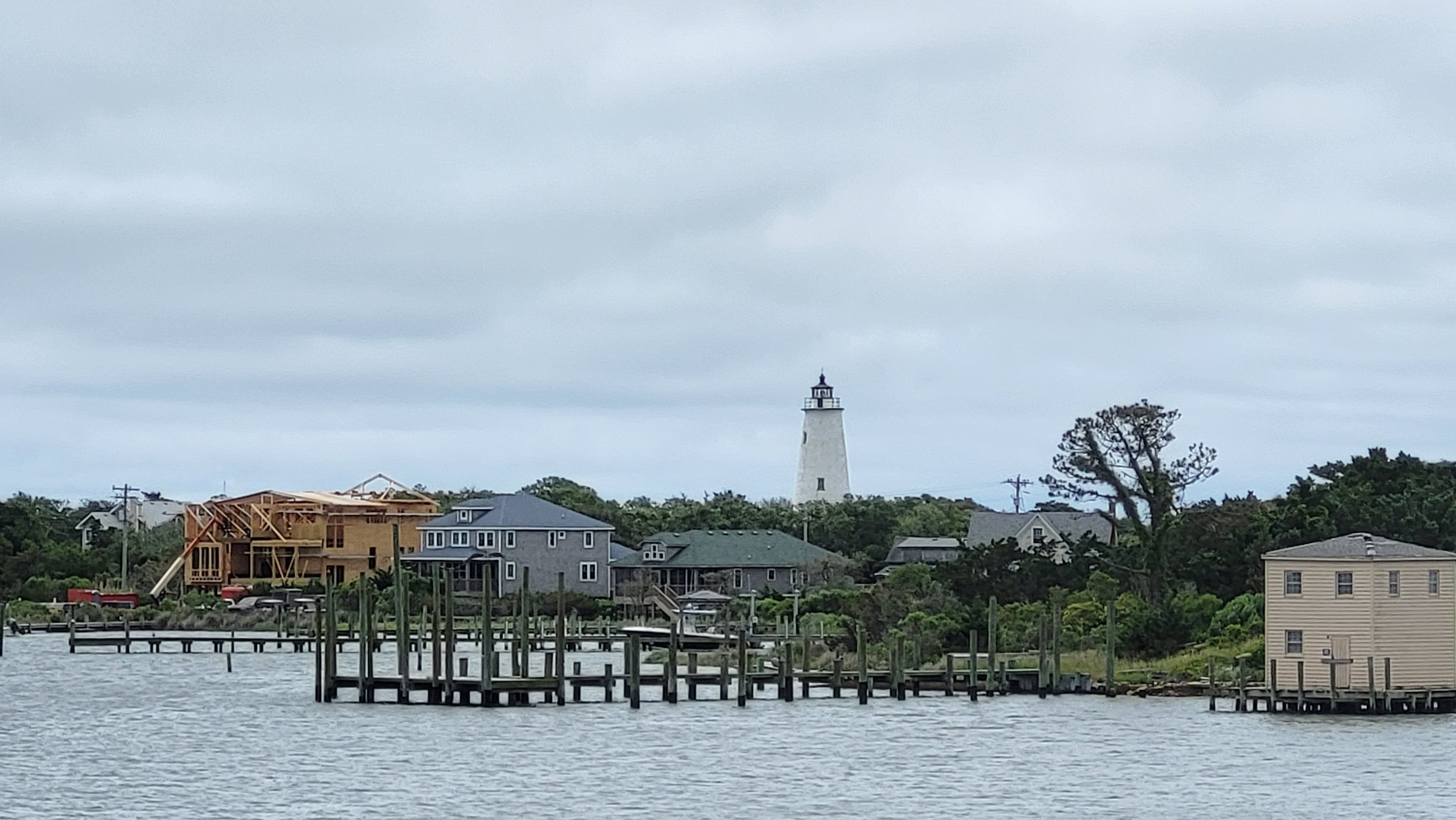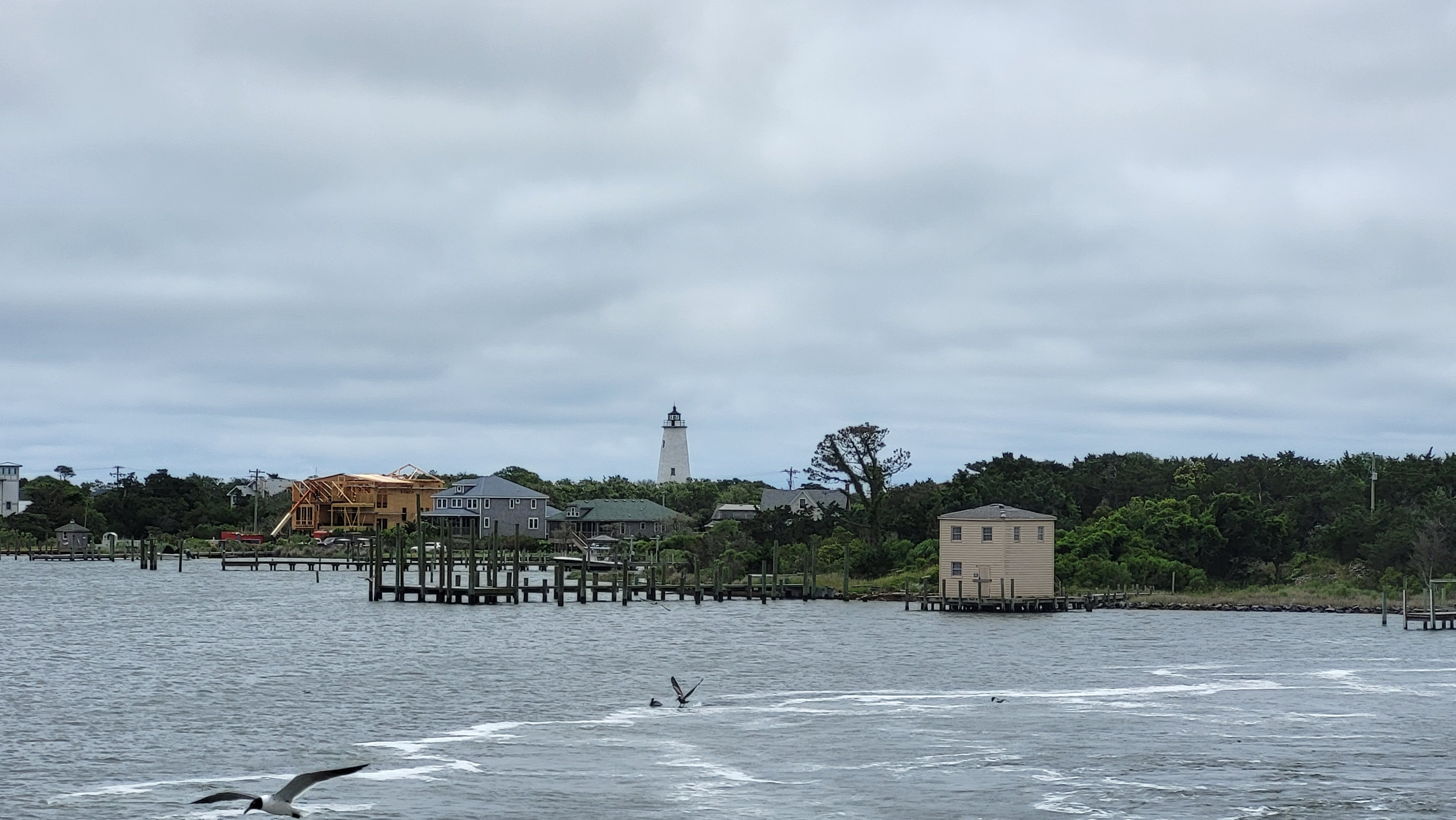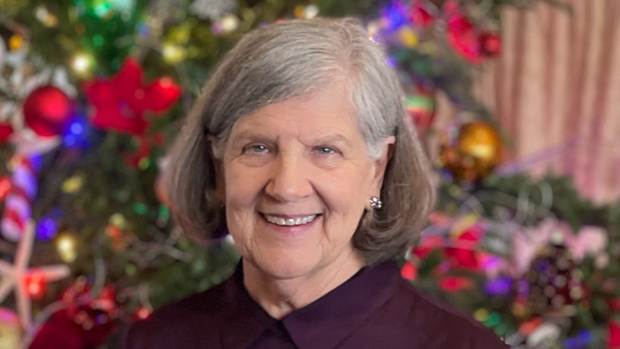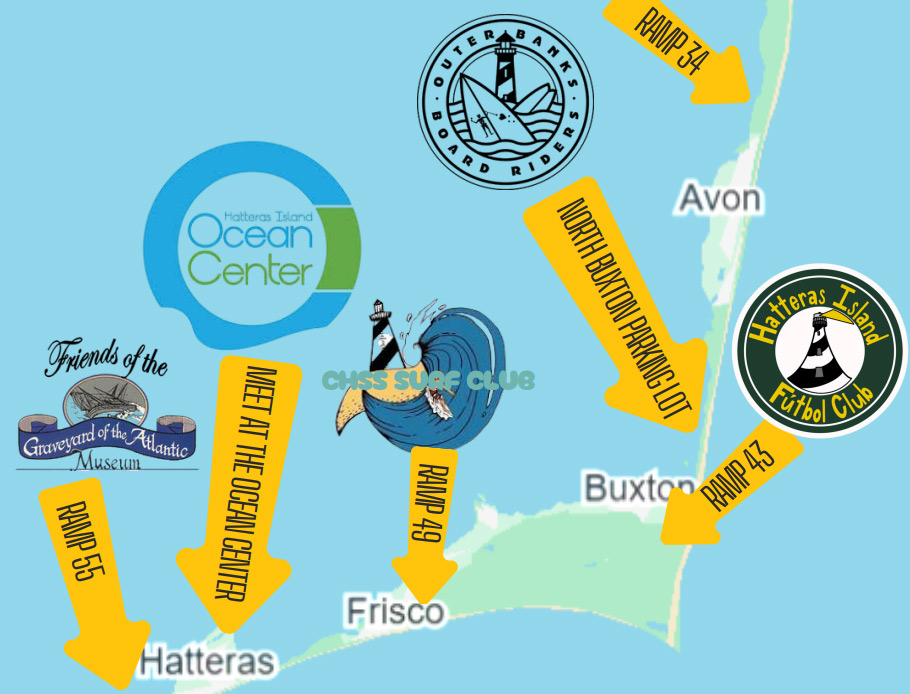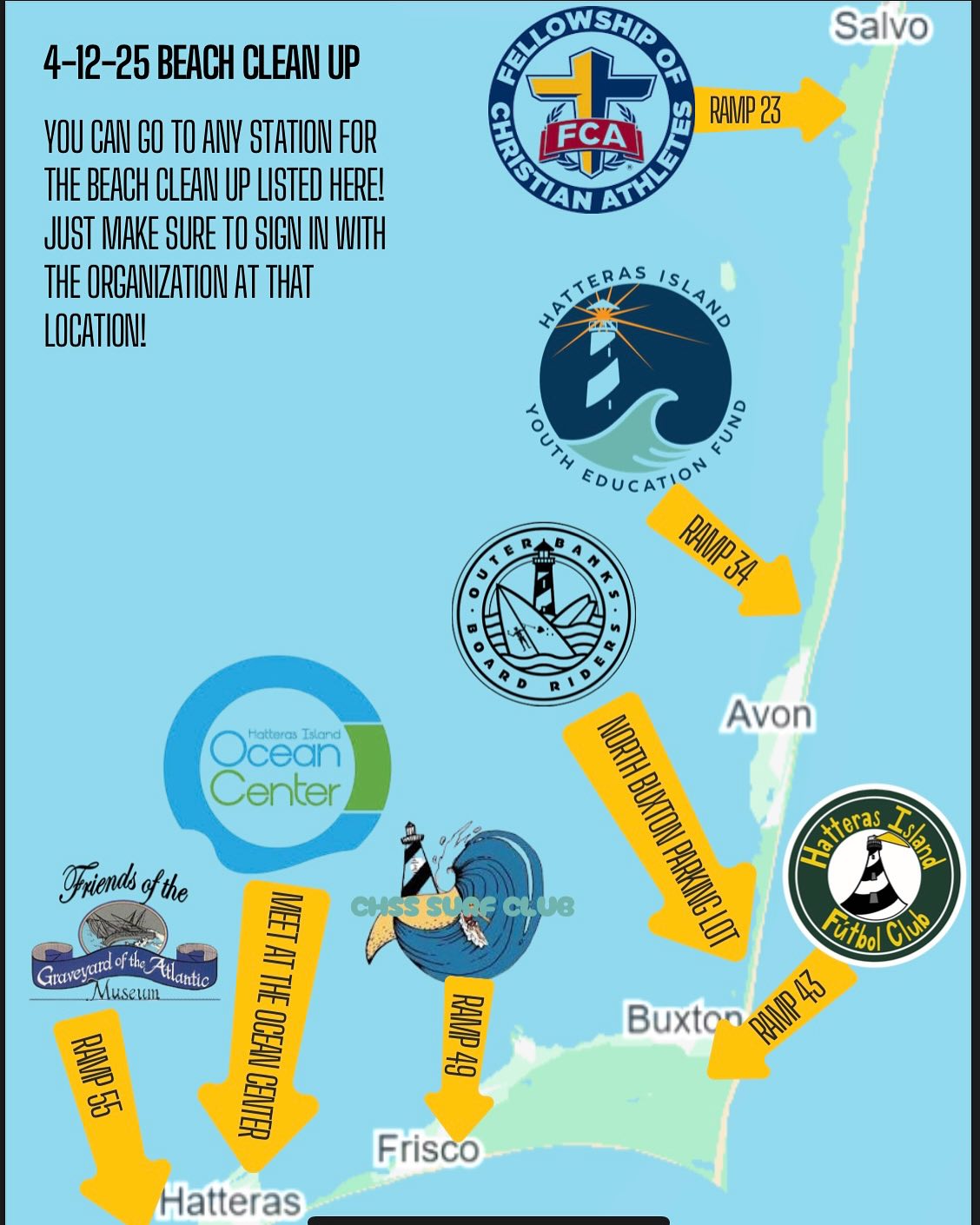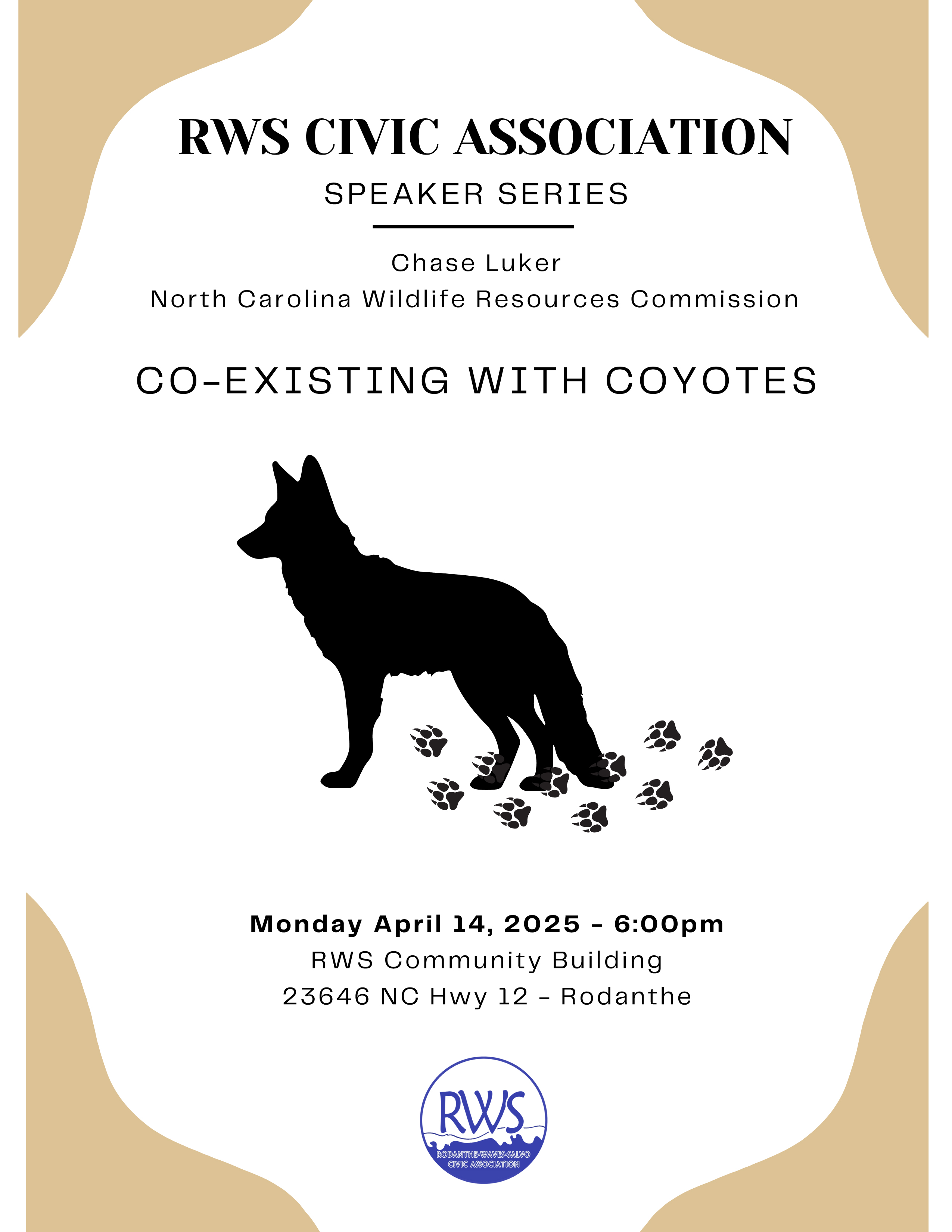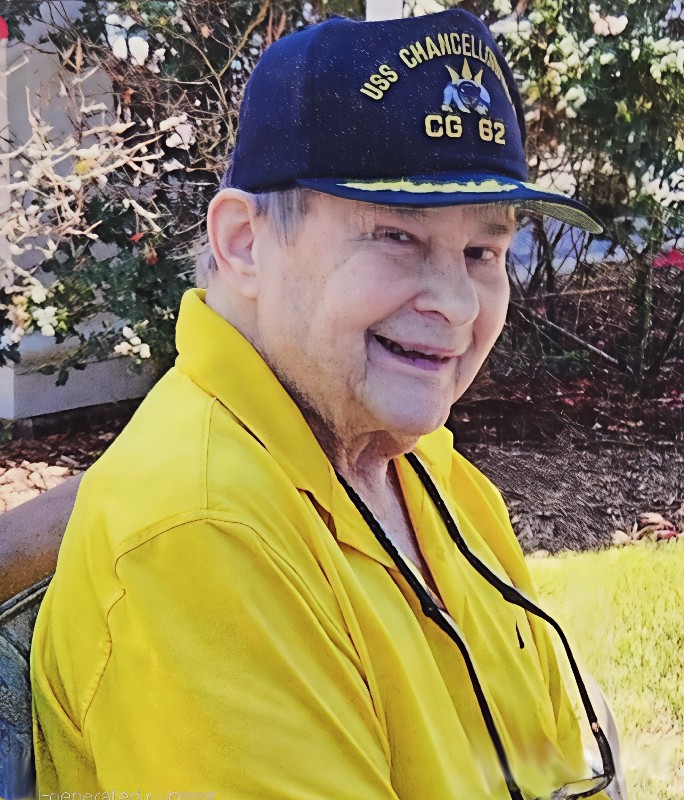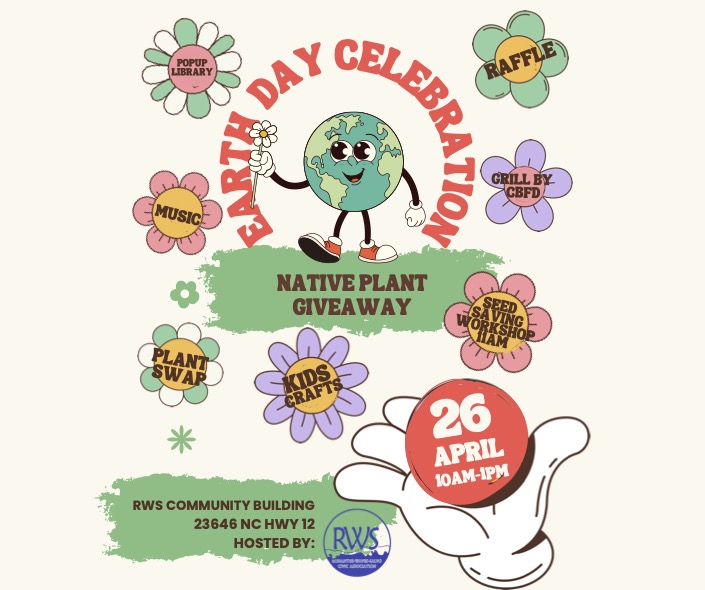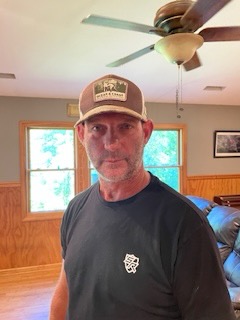Kinnakeet Home: Gardening Island Style By RHONDA ROUGHTON
There is something about the month of April that makes even a non-gardener want to grow something, to see life sprout up from the winter-scorched earth. The sandy soil of Hatteras Island doesn’t seem to naturally grow anything but prickly pears and briars, but historically, people kept gardens and grew much of their own produce.
My grandfather, Ignatious Scarborough, had a large garden. I can barely remember it – a clearer memory is of the outhouse that fortunately I never had to use, as well as the cistern used to collect rainwater for drinking. My mother told me that granddad grew cabbages and onions and other types of greens. She said the land by his house had good soil for a garden. Uncle Fair next door had a chicken coop; I can remember my grandmother plucking feathers to prepare a chicken for cooking.
Many of the people I have interviewed through the years have passed away. They shared common traits of longevity and independence. I’ve had many conversations with them about their gardens. Most of the people of this generation stayed active through their 80’s, gardening, cooking, fishing, and hunting.
Oscar Gray grew collard greens and also had a large fig tree. I can remember seeing “Mr. Oscar” out tending his garden, right across the street from the sound. Collard greens cooked with salt pork and cornmeal dumplings are still a favorite here. I cooked some recently that a friend grew in his Avon garden. The greens were delicious, as they had gone through a couple of cold snaps, which for some reason makes collards taste better. Venice Williams once told me the water that collard greens were cooked in produced what they called “pot likker” and that it was given to those who were sick because it was full of vitamins.
There are still a lot of fig trees around Avon. Figs were one of the staples in Kinnakeet kitchens in the early 1900s. They were canned and then eaten with biscuits. Biscuits were served at every meal before sliced bread became available.
Lucy Miller lived to be 99. She once talked to me about her childhood years spent in Little Kinnakeet village. This village was next to Little Kinnakeet station, north of Avon. Little Kinnakeet was abandoned when the lifesaving station was closed down. The only remainders of that village are some headstones of an old graveyard as well as the lifesaving station.
“Miss Lucy” recalled helping her dad plant seeds at their home. When she was a child, she would follow her father as he planted his seeds and would help by watering each seed from the bucket she carried, using a ladle. Water was drawn from the family well. She told me she had the tedious job of carrying buckets of water out to the garden during dry spells. Young Lucy’s father, John Farrow, planted sweet potatoes, cucumbers, squash, collards and salad greens.
The seed for his garden was saved from year to year by letting the plants go to seed, then collecting them once they dried and storing them in cans or jars. The sandy earth was enriched with soil collected from the top layer of material under trees, where leaves had rotted over time to produce a rich compost. The garden was fertilized with fish scraps and chicken manure.
At that time, canning was not used as a method of preservation, so much of the produce was not available in the winter. But John Farrow had a potato house to keep his sweet potatoes in. Seaweed was used to insulate each layer of sweet potatoes. Sweet potatoes were eaten often and prepared by baking, boiling, and in pies and puddings.
Farrow also had fig trees, peach trees and grape vines. He kept livestock, as did many villagers at that time, and had a smokehouse. Fish was used as barter to get staples such as cornmeal, salt and coffee. Years later, when Lucy (Farrow) married in 1933, she lived in Kinnakeet village. Her husband, Dallas, had a garden and used many of his father-in-law’s methods. Mrs. Miller canned vegetables, pork, fish, and turtle for her family.
I have many great memories of childhood summers spent in Avon. Included in those memories are the times my mother took us to pick wild blackberries. I’m not sure if they can still be found, but if you knew where to look when I was a kid, there were plenty of them. My grandmother made blackberry dumplings covered in hot vanilla pudding.
There are still many gardeners on Hatteras Island as well as people who make fig preserves, now considered a delicacy. I’ve seen cooking shows featuring collard greens cooked many new ways. But you will never convince me there is a better way to eat collards than cooked with salt pork, cornmeal dumplings, and potatoes.


